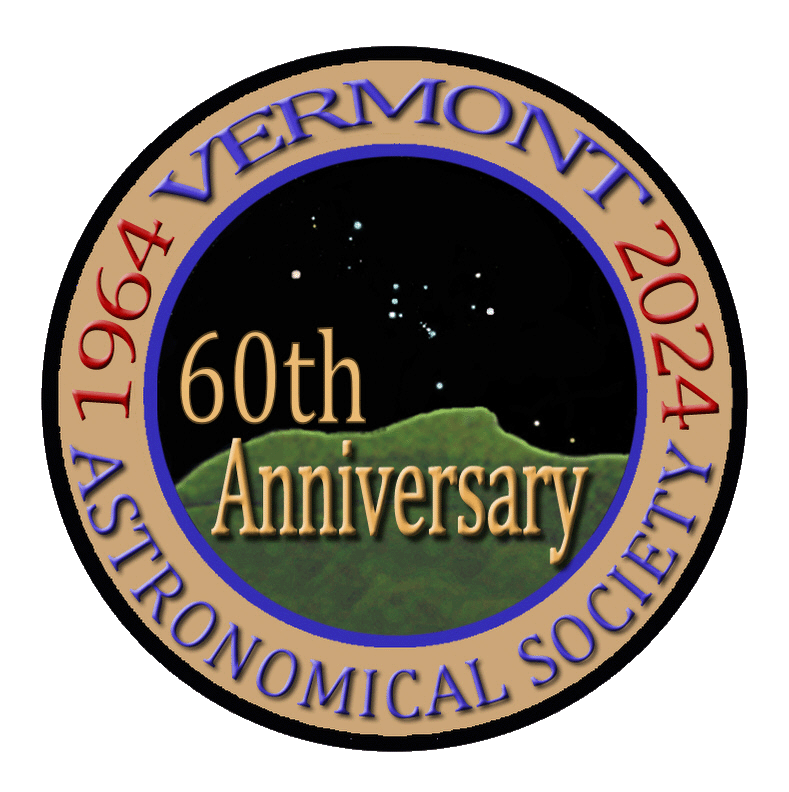I shot this image at the Eldorado Star party in Eldorado Texas in October. Barnard's galaxy, also know as NGC6822 and IC4895 is a dwarf irregular galaxy in the constellation Sagittarius. Barnard's galaxy, discovered by E.Barnard in 1884 is the closest non-satellite galaxy to our Milkyway at 1.6 million light years distant and is approximately 7,000 light years in diameter. It's similar to the small Magellanic cloud in our southern hemisphere. Barnard's galaxy has some notoriety due to the fact that Edwin Hubble identified 15 Cepheid variable stars in this galaxy, and along with Andromeda and the Triangulum galaxy, helped formulate the hypothesis that these objects aren't nebula within the Milkyway, but separate distinct star systems (galaxies) much farther away than could be supported by the then thought size of the universe at 300,000 light years.
It isn't the most interesting object to image as I've found out, and my image is only about 3 hours of integration, but I've seen longer integrations that don't show a whole lot more. I'm also including an annotated image to identify some of the other objects in the field including the little GEM nebula, NGC6818.
@terri That looks like a great choice to have imaged in TX, Terri. It’s a bit too low on our horizon to image here (we’ll, at least my tree-lined horizon).
Lots of other cool targets in there as well. Nice.
Greg
@terri That looks like a great choice to have imaged in TX, Terri. It’s a bit too low on our horizon to image here (we’ll, at least my tree-lined horizon).
Lots of other cool targets in there as well. Nice.
Greg
Thanks Greg, I agree on a good target, but not a terribly interesting one. Not very photogenic. But it's checked off the list now and it's a bit interesting in terms of its discovery and use in science.
Terri

